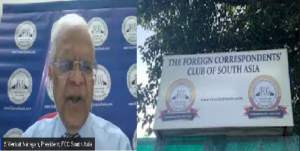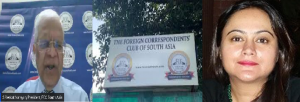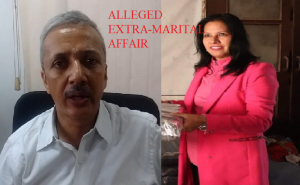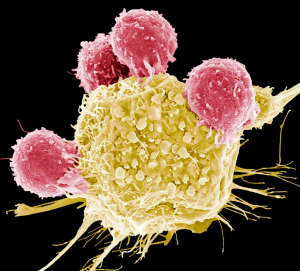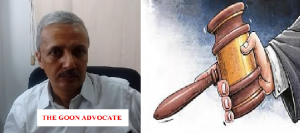EXCLUSIVE
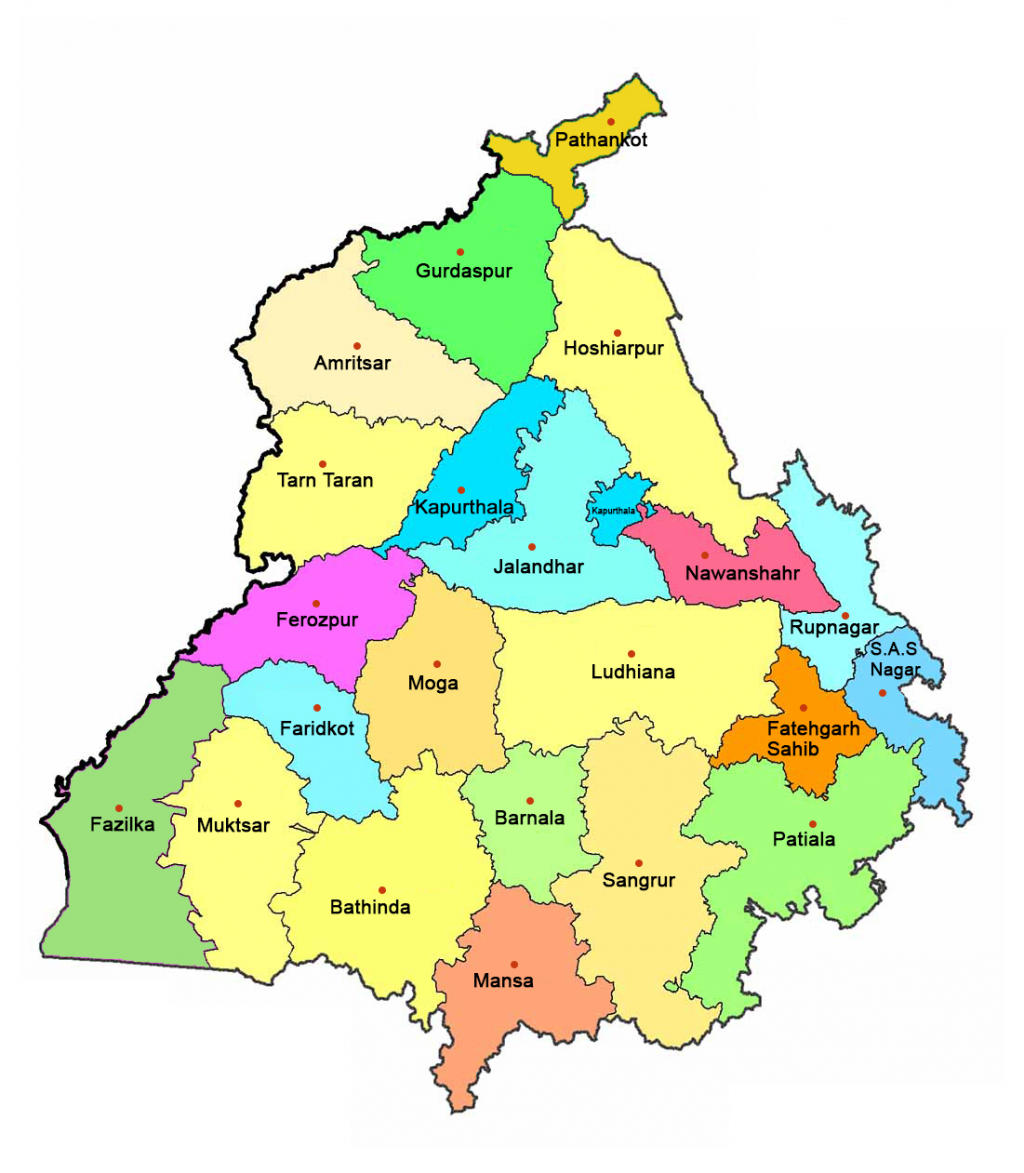
Punjab Polls: Game on for all but no clear winner in sight
Punjab Polls: Game on for all but no clear winner in sight
By Ashok Dixit
New Delhi, Jan. 9 (Delhi Crown): Punjab Assembly polls are to held on February 14. With little over a month to go, it is clear as daylight that no wave exists for any of the five contending political aspirants – (1) The BJP-Punjab Lok Congress (PLC)-Shiromani Akali Dal (Sanyukt) alliance, (2) The Indian National Congress (INC), (3) The Shiromani Akali Dal (SAD)-Bahujan Samaj Party (BSP) alliance, (4) The Aam Aadmi Party (AAP), and (5) The farmer union-based Sanyukt Samaj Morcha.
As opposed to the certainty of the three-cornered electoral contest of 2017, when the then ruling BJP-SAD combo was pitted against the INC and the AAP, and was summarily made to bite the political dust, this year’s polls reveal a high degree of political fluidity last visible in 1991 when the ECI cancelled polls just a day before they were to be held and postponed it to February 1992.
Of the five political parties in the 2022 poll fray, for the INC it is one of survival at the state level and revival at the national level.
This writer spoke with two experts who have been covering, commentating and writing on Punjab political affairs and its brand of politics regularly – Senior Journalist Ravinder Singh Robin and former Army officer and currently BJP Media Advisor Col. Jaibans Singh (retired).
“Punjab is faced with a very fluid situation politically. I can say with cent percent certainty that no single party is going to win an absolute majority,” said Robin.
Elaborating, he said the Congress is a divided house, with its key leaders like Chief Minister Charanjit Singh Channi, Pradesh Congress Committee President Navjot Singh Sidhu, former state unit president Sunil Jakhar and state home minister Sukhjinder Singh Randhawa repeatedly using every public platform to criticize and expose each other’s shortcomings.
“Seat sharing is one of the main issues dominating the political discourse in Punjab. The Congress will find it extremely difficult to retain the 77 of the 117 seats that it had secured in the 2017. Former Congress chief minister and now an ally of the BJP, Capt. Amarinder Singh is a man driven by a single point mission of defeating the Congress at all costs. I don’t expect the Congress to win more than 12 seats this time,” said Robin.
Though associated with the BJP, Col. (Retd.) Jaibans Singh is candid enough to suggest that Punjab is facing a “trust deficit” as far as its leadership is concerned. He said, “People in Punjab don’t want old leaders or old systems, but with options few and far between, they seem reconciled to the fact that they may just have to choose some of them again.”
Both made a specific mention of the trend of “political crossovers”.
While Col. Singh said that people will vote “candidate to candidate” and will even go beyond party lines should the need arise, Robin said that in the Congress those denied tickets to contest are “joining the BJP, AAP or Captain Singh’s PLC in droves”.
On the Congress providing poll-related freebies to woo voters to its cause, Robin said that by and large it would have an inconsequential impact.
Where does the SAD stand ?
As in the 2017 Assembly Polls when it won 15 of the 117 seats up for grabs, the SAD could once again, with the help of the BSP, possibly emerge as a key player in determining the final electoral math on March 10 (counting day). According to Robin, the SAD possesses “unmatchable networking in comparison to any other party in the political fray”.
“It is essentially a religious party representing the Sikh Panth and has a huge support base in the rural belt (about 48,000 sq.km). One only needs to look at the recent farmers’ protest where it played its role very cleverly, allowing its cadre to take part without use of its banner. It also made significant gains in local body polls, so it would be a mistake to underestimate the SAD, in-spite of its rigid stance on desecration of the Guru Granth Sahib and on the drug menace affecting the state,” said Robin.
The AAP
The AAP, on the other hand, according to Robin, is making significant strides in the minds of Punjabis. “Having won 20 seats in the 2017 polls, it is now being seen by locals as having learnt from its past mistakes and is being visualised as a lucrative political alternative. There is a visible desire on the ground for a replication of the Delhi state model, that is, things like Mohalla Clinics, good hospitals and education. Some elements of traditional parties are taken in by Kejriwal’s charisma and seem to be leaning towards him,” opined Robin.
The BJP
Both Robin and Col. Singh say the BJP has really nothing to lose in next month’s elections. Commenting in detail about three of the five contenders, i.e., the BJP, Congress and the AAP, Col. Singh believes the ECI’s ban on election campaigning till January 15 due to the Omicron scare has essentially stopped all political parties from using rallies, muscle power, drugs and liquor as shows of strength.
“How to woo voters in this scenario is a new challenge. No one can predict; No one is evenly placed, they rather are all equally badly placed,” said Singh.
“I would venture to say that all parties in the political fray are small players. The AAP is a half-state, the SAD is a local party with no support; it had the BJP backing it last time. The Congress needs to set its own house in order first. When it is itself unstable within, how can it project itself as being a stable alternative at the national, let alone state level? The BJP has the organisational structure and the intellectual capital, but requires support, which it does not have,” said Col. Singh.
He concludes by saying that “Punjab is a border state. The BJP will aim for providing greater strategic depth to that region, preventing a thinning out of the population as that is the need of the hour for a nationalist approach. Within Punjab, there are no sentiments for Khalistan or separatism. Any attempt at promoting divisiveness is media-created hype. Stability is the key.”


